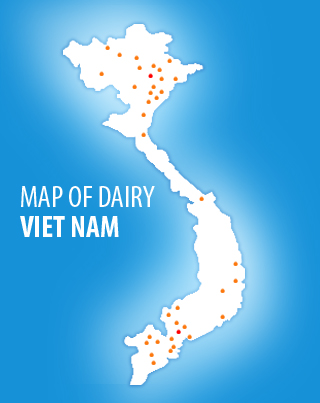Other Activities

The decision to declare a national disaster is intended to hurry relief to roughly a third of America's farmers and ranchers.
In Indiana, the worst affected areas in the southwest are an average of 13 inches below normal in precipitation, while the areas in the northeast are 11-12 inches below normal, according to the Indiana State Climate office, based at Purdue University.
The position of the jet stream just north of Indiana has helped to create a dome of high heat over the state and a high-pressure system that has kept away moisture from the Gulf of Mexico, said Austin Pearson, student research assistant in the climate office.
A very slight shift in the jet stream this week could bring rain to Indiana in coming days.
Declaring a national disaster is intended to free up funds for farmers whose crops have suffered in extreme heatwave conditions, making them eligible for low-interest loans and speed processing of disaster claims.
"Agriculture remains a bright spot in our nation's economy," said Agriculture Secretary, Tom Vilsack. "We need to be cognisant of the fact that drought and weather conditions have severely impacted on farmers around the country."
* "In order to bring us out of this drought, we're really going to need several sufficient rainfalls over a long period of time." |
|
Austin Pearson, Student Research Assistant, Indiana State Climate office.
|
According to Mr Pearson, expected storms with heavier rainfall are likely in southern part of Indiana.
"My concern is that some areas could get too much rain at once and we would see a lot of it run off."
Mr Pearson added it would take much more than just a few storms to bring Indiana out of the drought.
"We don't want everything to come at once because that will wash everything away, and it's mainly going to be runoff - not a lot will be stored in the ground.
"We could probably use a tropical depression or a tropical storm that will go through the Texas area and then come back up to the Midwest. We're just going to need to see a big pattern break if we're going to see any major rainfall," Mr Pearson concluded.
Further ReadingYou can view the US Drought Monitor by clicking here. |























